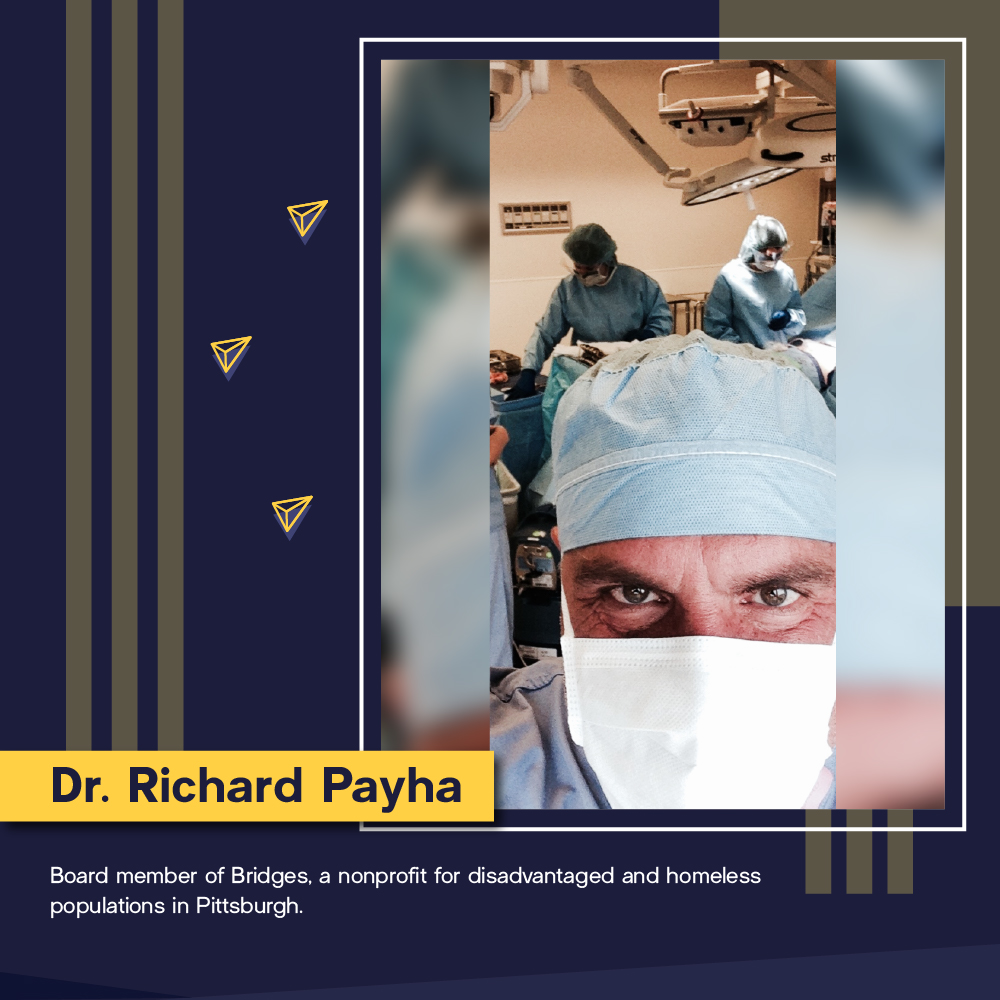
Rural surgery often presents unique challenges and opportunities shaped by the limitations and resources available in less populated areas. The following case studies highlight the resilience of both patients and medical professionals who navigate these challenges to provide critical care. These stories offer insight into the complexities of rural healthcare, where resourcefulness and adaptability are often the keys to successful outcomes.
The Unexpected Complication: Managing an Aortic Aneurysm
In a remote rural hospital, Dr. Susan Fields faced a life-threatening situation when 68-year-old Henry, a longtime resident of the area, was rushed in with severe abdominal pain. Initial assessments revealed an abdominal aortic aneurysm (AAA) on the verge of rupturing—a condition that requires immediate surgical intervention. The rural hospital lacked the sophisticated equipment and specialized staff typically available in urban centers.
Dr. Fields, however, could have been better versed in working with limited resources. With the nearest tertiary care center over two hours away, transferring Henry was not an option. Dr. Fields and her team quickly improvised, using available equipment to stabilize Henry while preparing for surgery. Communication with a vascular surgeon in a distant city provided real-time guidance through the procedure.
The surgery, though challenging, was successful, and Henry’s recovery was carefully monitored in the small ICU. This case exemplifies the critical role of adaptability in rural surgery, where doctors often need to rely on their ingenuity and broad skill set to manage complex cases.
The Challenge of Distance: An Emergency Appendectomy
In another rural town, a young girl named Emily presented with severe abdominal pain, later diagnosed as acute appendicitis. The local clinic, staffed by a single general surgeon, was the closest medical facility within a 50-mile radius. With no time to lose, Dr. James Collins prepared for an emergency appendectomy.
The operating room was equipped with basic surgical instruments, and the small team worked efficiently under Dr. Collins’s direction. Despite the lack of advanced imaging equipment, Dr. Collins relied on his clinical expertise and experience to perform the surgery.
Postoperative care was equally challenging, with limited nursing staff and no specialized pediatric care available. However, the close-knit community played a significant role in Emily’s recovery, as neighbors and local volunteers provided support to the family. This case highlights the importance of community involvement and the critical nature of timely intervention in rural settings.
A Complex Fracture: Treating a Multi-Trauma Patient
John, a 35-year-old farmer, was involved in a severe tractor accident that left him with multiple fractures and internal injuries. The rural hospital where he was taken was not equipped with an orthopedic surgeon or a trauma team, posing a significant challenge for the attending physician, Dr. Linda Green.
Dr. Green’s experience in general surgery and trauma care was put to the test as she stabilized John and performed the initial surgeries to manage his internal bleeding. Given the severity of his injuries, Dr. Green decided to manage the fractures in stages, utilizing telemedicine to consult with orthopedic specialists from a larger hospital.
The success of John’s treatment was a testament to the effectiveness of telemedicine in rural healthcare, enabling specialists to provide remote guidance in real time. The case also underscores the importance of multidisciplinary collaboration, even across great distances, to ensure comprehensive patient care.
Facing the Unseen: A Rare Tumor in a Rural Setting
Martha, a 50-year-old woman from a remote village, had been experiencing unexplained weight loss and abdominal discomfort for months. When she finally sought medical attention, Dr. Robert Hayes, the only surgeon in the local clinic, discovered a large mass in her abdomen through a physical examination.
With limited diagnostic tools, Dr. Hayes suspected a rare type of gastrointestinal stromal tumor (GIST). A biopsy confirmed his suspicion, but treating such a rare condition in a rural setting posed significant challenges. Dr. Hayes collaborated with oncologists from an urban cancer center to develop a treatment plan that involved a combination of surgery and targeted therapy.
The surgery was complex, but Dr. Hayes’s skill and careful planning paid off. Martha’s recovery was closely monitored, and she was later referred to the urban center for further oncological care. This case highlights the necessity of interdisciplinary collaboration and the value of continuing education for rural surgeons who may encounter rare conditions.
Lessons Learned: The Importance of Preparedness and Collaboration
These case studies in rural surgery illustrate the unique challenges faced by healthcare providers in less accessible areas. They also highlight rural communities’ resilience and the importance of preparedness, resourcefulness, and collaboration in delivering quality care.
In rural settings, where the nearest specialist may be hours away, the general surgeon often plays a crucial role in managing a wide range of conditions. These stories are a testament to the dedication and ingenuity of rural healthcare providers, who work tirelessly to ensure their patients receive the best possible care despite the challenges they face.